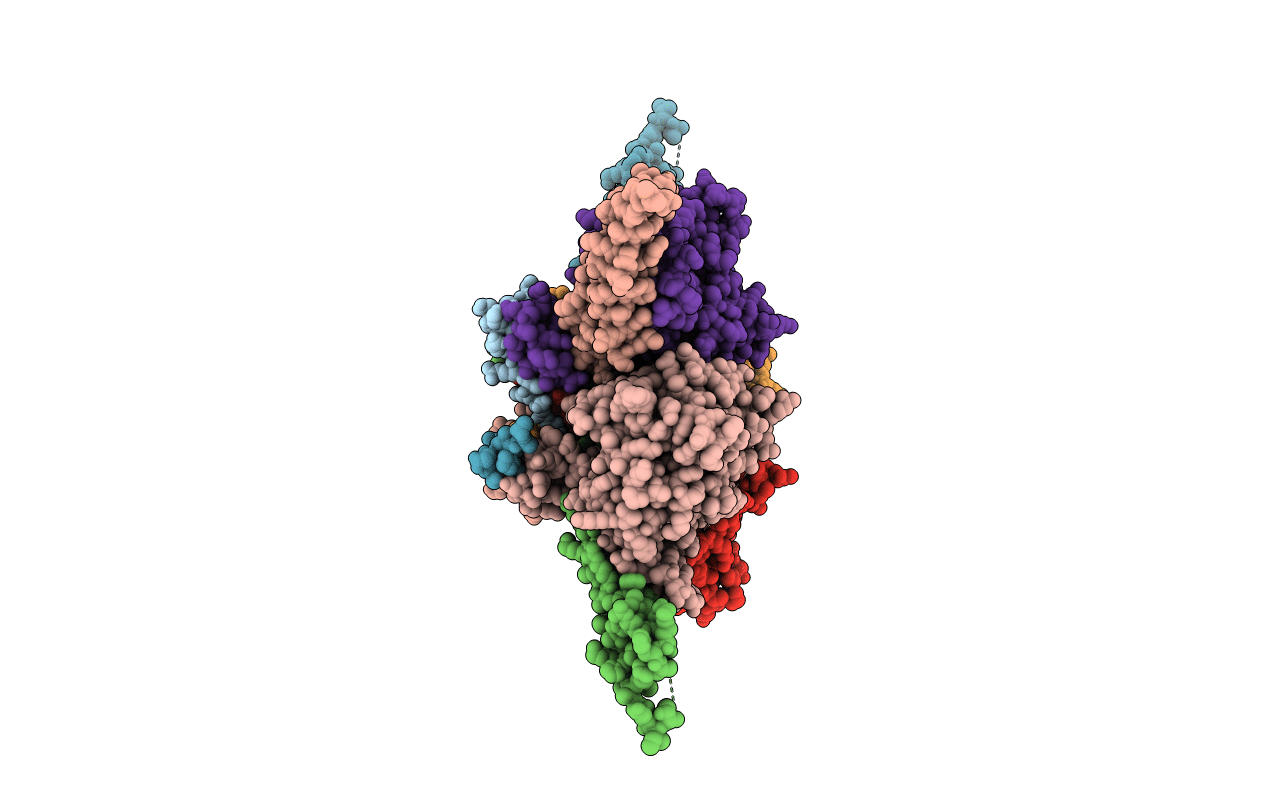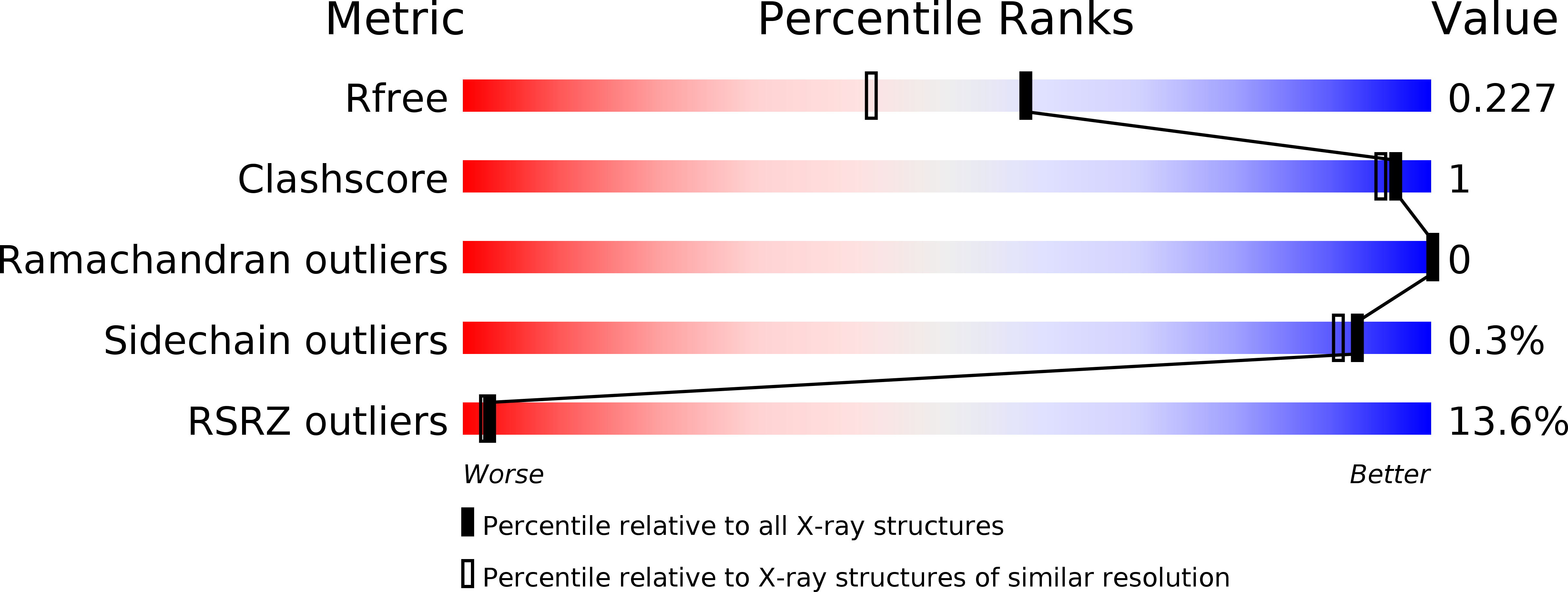
Deposition Date
2019-10-15
Release Date
2020-05-20
Last Version Date
2024-05-15
Entry Detail
PDB ID:
6T5A
Keywords:
Title:
Crystal structure of herpes simplex virus 1 pUL7:pUL51 complex
Biological Source:
Source Organism:
Human herpesvirus 1 (Taxon ID: 10298)
Host Organism:
Method Details:
Experimental Method:
Resolution:
1.83 Å
R-Value Free:
0.22
R-Value Work:
0.19
R-Value Observed:
0.19
Space Group:
P 1 21 1


